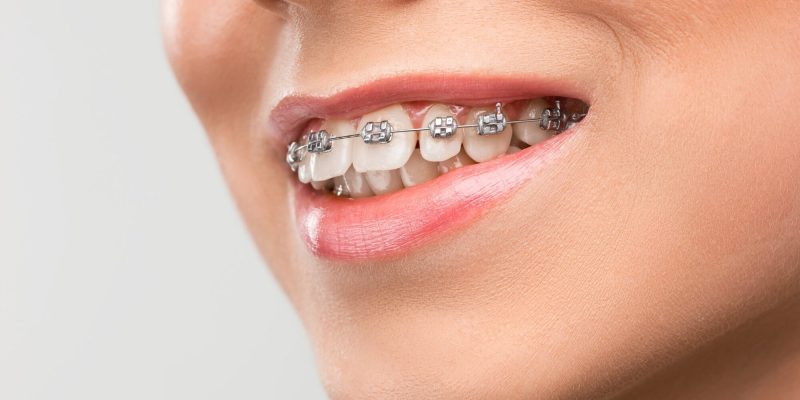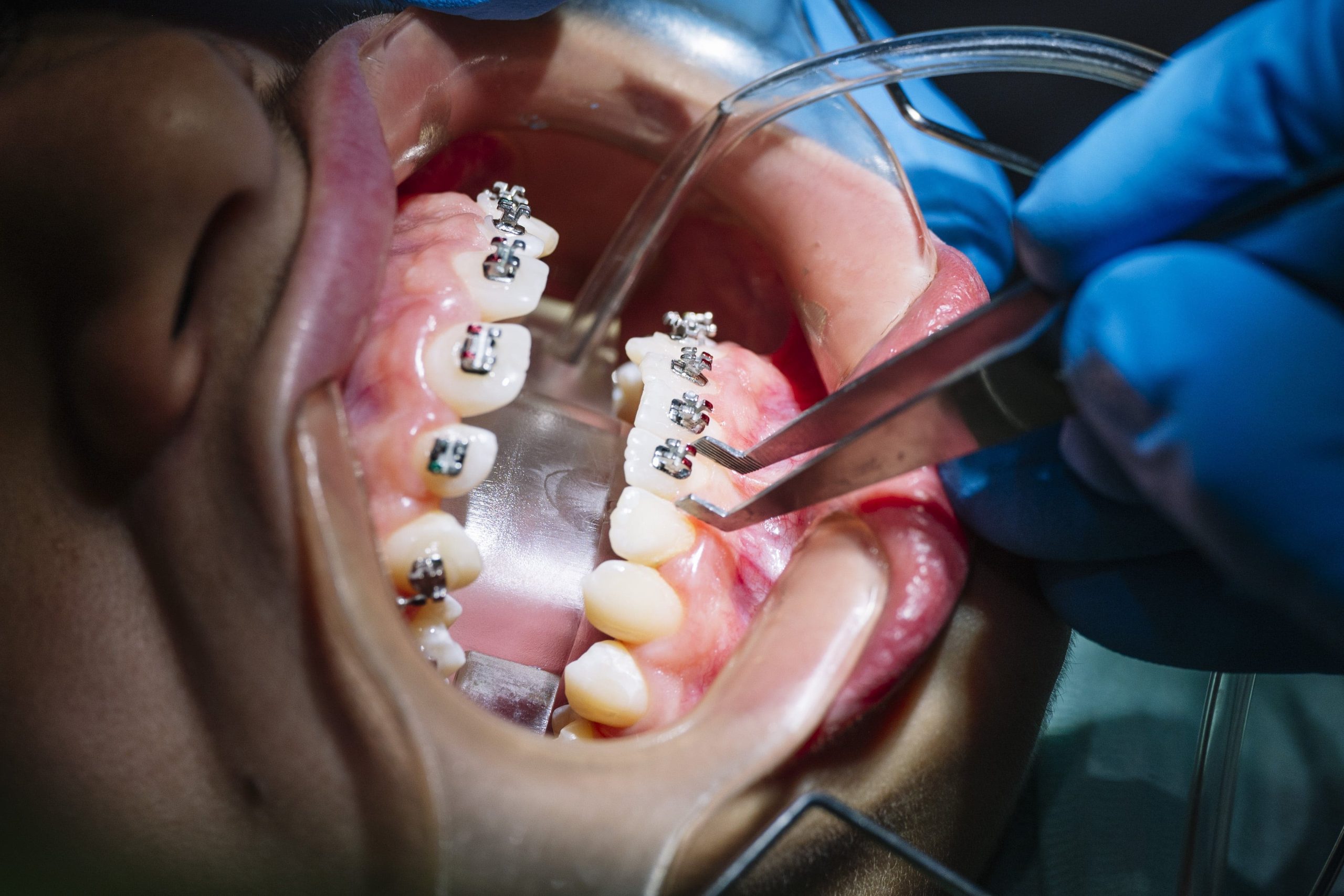Braces are more than just metal wires and brackets. They guide teeth into better alignment, improving both function and appearance. Understanding how braces work can ease any worries and help make informed decisions. Many children need braces to correct issues like overcrowding, gaps, or bite problems. A dentist in Merced CA can provide a thorough evaluation to determine if braces are the right choice. It’s important to know that braces can offer benefits beyond a straighter smile. They can prevent future dental problems, making routine care more effective. Children often adjust well to having braces, and with proper care, they can maintain their oral health throughout the treatment. Braces may seem daunting at first, but with the right information, they become a manageable part of life. By knowing what to expect, parents can support their children through this important journey toward a healthier smile.
Why Braces Are Needed
Braces are essential for correcting a variety of dental issues. Misaligned teeth can lead to difficulties in chewing and speaking. They may also cause jaw pain and other issues. Braces help align the teeth properly, which can prevent these complications. According to the American Dental Association, early intervention with braces can also reduce the need for more extensive treatment later.
Types of Braces
There are several types of braces available today. Each type has its own benefits and considerations:
| Type | Material | Appearance | Cost |
|---|---|---|---|
| Traditional Metal Braces | Stainless Steel | Visible | Generally Affordable |
| Ceramic Braces | Ceramic | Less Visible | More Expensive |
| Lingual Braces | Metal | Invisible from Front | Higher Cost |
| Clear Aligners (e.g., Invisalign) | Plastic | Invisible | Varies |
The Process of Getting Braces
The journey to a healthier smile with braces begins with a comprehensive evaluation. The dentist or orthodontist examines the teeth and jaw to determine the best course of action. This may include X-rays and impressions of the teeth. After this evaluation, a treatment plan is created.
The process of fitting braces is straightforward. The orthodontist carefully attaches the brackets to the teeth using a special adhesive. Then, they connect the brackets with an archwire. This wire is adjusted periodically to gradually move the teeth into the desired position.
Caring for Braces
Proper care is essential while wearing braces. It’s important to maintain good oral hygiene to prevent issues like tooth decay and gum disease. Here are three key points to consider:
- Brush after every meal to remove food particles and plaque.
- Use floss or an interdental cleaner daily to clean between teeth.
- Avoid sticky or hard foods that can damage braces.
Life with Braces
Adjusting to life with braces may take time, but most children adapt quickly. Some initial discomfort is normal after the braces are fitted or adjusted. This typically subsides within a few days. It’s crucial to attend regular appointments for adjustments and to monitor progress. The duration of treatment varies based on individual needs, but most children wear braces for 18 to 24 months.
Benefits of Braces
The benefits of braces extend beyond a beautiful smile. Proper alignment can improve oral health by making it easier to clean teeth effectively. Aligned teeth reduce the risk of tooth decay and gum disease. Well-aligned teeth can also improve speech and chewing efficiency.
Conclusion
Understanding braces and their benefits helps parents make informed decisions for their children’s dental health. Braces represent an investment in the future, promoting long-term oral health and confidence. By working closely with dental professionals and following care instructions, the journey with braces can be smooth and successful. For more information on dental health and braces, the Centers for Disease Control and Prevention offer valuable resources.








Comments